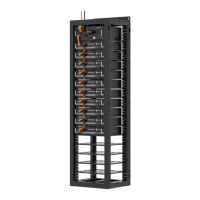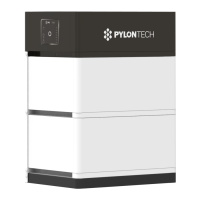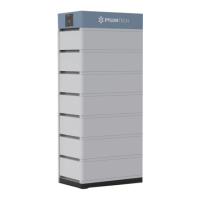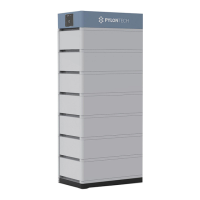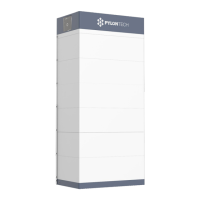Why does my Pylontech PowerCube-M1-C Storage battery system not start up after power supply?
- ZzsweeneyAug 22, 2025
The Pylontech Storage battery system may fail to start due to several reasons: * **External power supply issue:** The system requires 100 – 240Vac, 50/60Hz. Power needed for device wake up: M1/M1C BMS – 150W, M2A180 – 225W, M3A100 – 360W, M3A180 BMS & air fan – 1500W, MBMS – 5W. Check that the external power supply meets these requirements. * **Power supply cable issue:** Use a multimeter to check the power supply cable connectivity. * **PMU failure:** Open the BMS case and use a multimeter to check the PMU 12Vdc output and CMU LEDs. If neither is on, swap the PMU.


